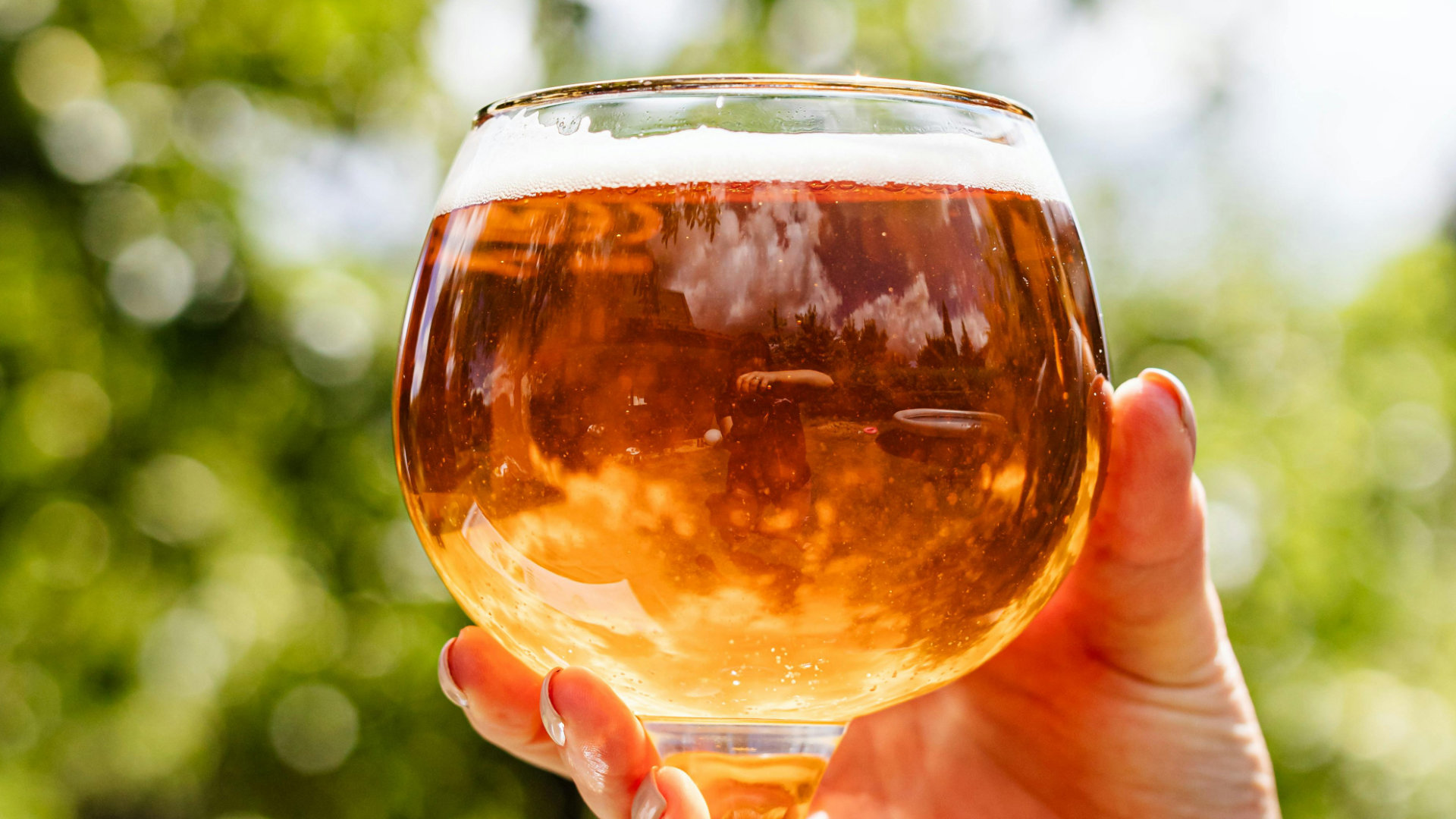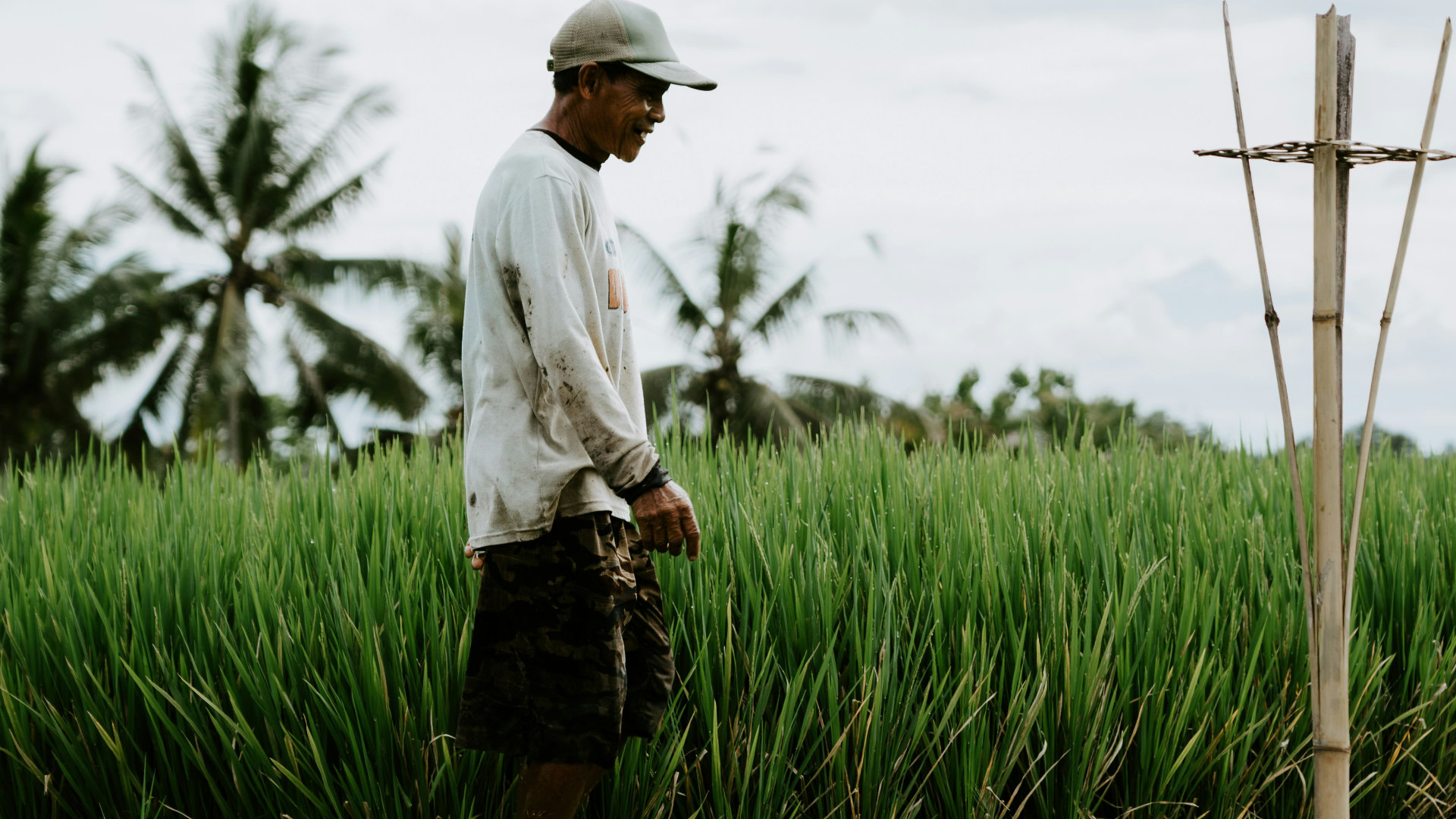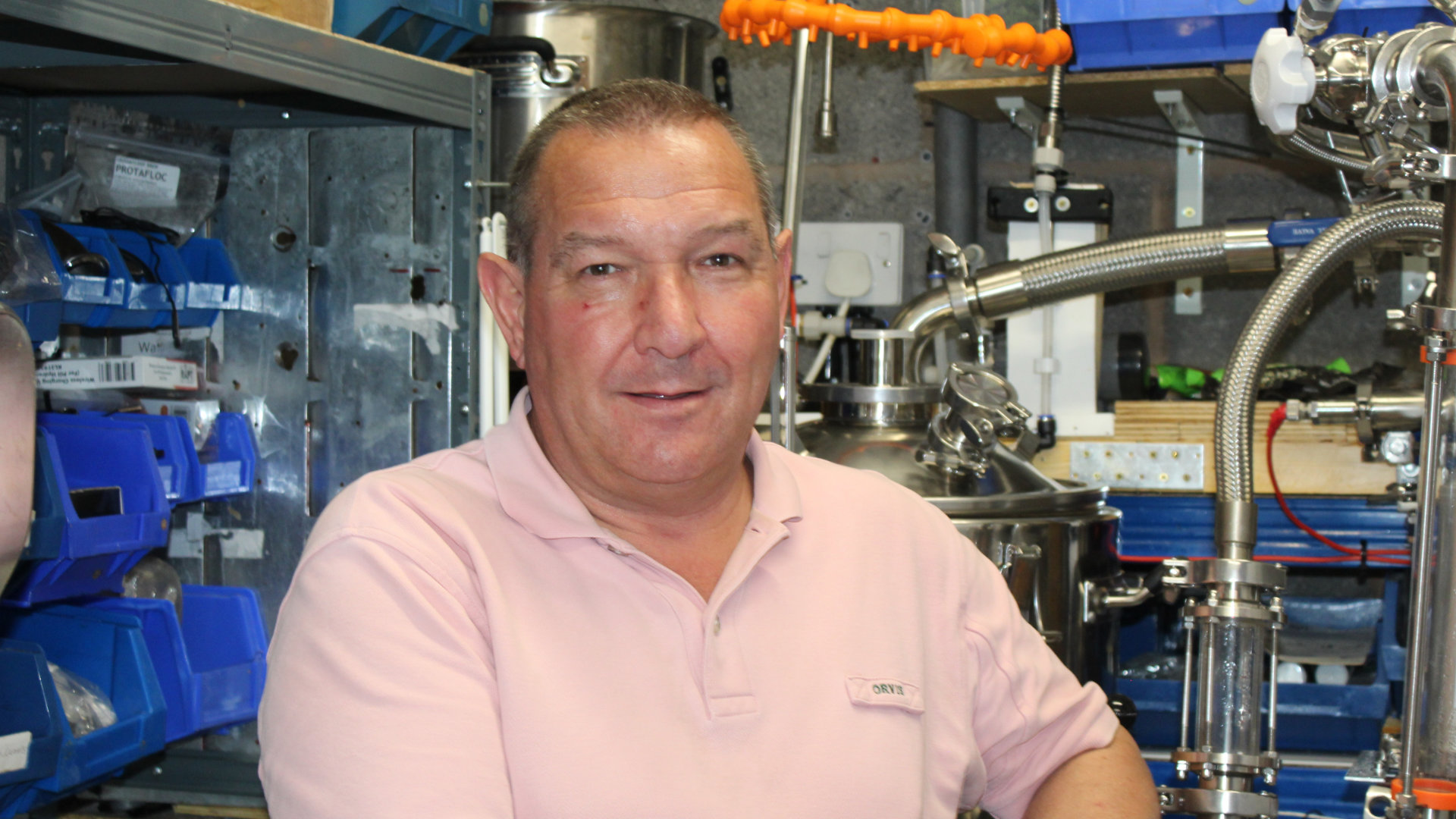Yohanna Best chats with Stuart Winstone, Co-Founder of Yonder Brewing & Blending. Based in the Mendip Hills of Somerset this modern farmhouse brewery is fuelled by their passion for foraging, flavour and fermentation. And produce incredible sours and wild ales.
SW: We moved into our current unit in August 2018. We are celebrating 4 years of Yonder this year! We started brewing almost immediately, first of all brewing 100L batches straight into oak barrels; we still have some of this beer ageing in oak now.
Our first batches were ready for around October 2018 when we launched them as part of IMBC festivals Thirsty Games competition for new breweries. We were one of three shortlisted, alongside Donzoko and Liquid Light.
We have recently upscaled our brew kit from 1000L per batch to 2000L per batch, but have fv capacity ranging from 1000L to 3000L. Total fermentor volume is 13,000L. On top of that we currently have 30 oak barrels, giving us an additional 7,000L volume for the really wild stuff.
At the moment we are averaging 3 brews per week. Lead by Raspberry Gose, our flagship beer, which we’ve been brewing since 2019.
“We are working non-stop to bring you a minimum of two new beers per month, most of which are sours because people can’t seem to get enough! You can look forward to some autumnal fruited sours, and some bigger fruit sours too!â€
YB: Tell us about the strains of yeasts you work with in your wild brews!
SW: We separate our sour and wild beers in to two categories, based on the cultures we use. The first category would be our wild ales, which we often age in oak. These contain the blend of cultures (yeast and bacteria) that we have been fostering since the very beginning (even before we moved into our unit). The blend is lead by a diastaticus Saccharomyces strain which is often known as a french saison yeast, alongside a medley of Brettanomyces strains. In terms of souring, the blend contains Lactobacillus, but the bulk of the work is done by Pediococcus. This is a strain of bacteria that makes a lot of brewers nervous due to cross contamination risks but it’s something we have been working with for a long time. We understand it well and believe that it gives the best results in terms of a gentle balanced acidity and the remaining body and mouthfeel that it leaves in what tend to be generally drier finishing beers due to the wild yeasts.    Â
We are constanting adding to these cultures, whether it’s by topping up the Saccharomyces or Brettanomyces or by adding wild strains from the additional of whole fruits and other wild ingredients. An example of this style is Sir Pants, a cider apple wild ale, barrel-aged beer blended with juice from locally grown cider apples.
The second category is a more controlled approach similar to modern brewing with domesticated yeast strains. We co-ferment our wort with a staggered blend of Kveik and Lactobacillus, both of which work best at around 35oC. Using this method means we don’t need to kettle sour and our cultures are kept alive throughout the fermentation process. This gives more depth of flavour in our opinion, and allows us to control things such as finishing gravity for sweeter finishing sours with more body. Examples of beers using this process are Raspberry Gose and our Cheesecake or Fool series.
YB: You use some pretty cool ingredients in your brews, but not everyone will have heard of additions like Sweet Woodruff or Chaga mushroom. Do people embrace the wildness of these ingredients or do you need to educate them?
SW: There is certainly an educational element to the long-forgotten foraged ingredients that we use. Most of the time, whilst they are new to people, they often have a long history in beer. Sweet Woodruff for example has been used for centuries to flavour beer in Europe, before the popularity of hops. It is still used in Germany as a syrup (waldmeister) to flavour Berliner Weiss. We like the challenge though! These beers and ingredients are what I’m personally particularly passionate about. When we do talks or tastings, that makes it easy to get others excited about them. The challenge might be when I’m not there to explain and tell people the back story of the ingredients or our expedition to collect them. It’s easy to pass them by on a bottle shop shelf if you don’t know the name. I can’t be there every time unfortunately.
YB: Have you ever used an ingredient that produces an amazing beer but isn’t suitable for larger scale brewing?
SW: Most of the time when we are using foraged ingredients, we stick to our minimum brew size as it’s difficult to collect enough to flavour larger batches. When I was trialling recipes on a pilot kit it was easier to get creative. I was brewing with things such a birch sap, which I never thought we’d be able to scale up. We did get the opportunity this year though when we partnered with a Michelin-starred Chef (Brad Carter) and foraging supplier Bello Wild Food. This allowed us to collect 1000L of birch sap over the course of a couple of weeks and replace all the water in the brewing process with the sap. This is something I never thought I’d be able to do, and it finally happened, so I have decided not to ever rule anything out! Where there’s a will there’s a way.
YB: Which foraged ingredient(s) are a good introduction for a homebrewer who wants to get started using them?
SW: Elderflower is a really easy one to identify and use in a brew. It’s best collected early on a hot dry day, before the pollinators get all of the good dusty pollen. Remember to get all of the flower petals away from the green stalks for the best flavour. Home brew size batches are perfect for foraged ingredients though, so get creative. There’s a great book out there called The Homebrewer’s Almanac, written by Scratch Brewing in the US. Although they are talking about ingredients native to their area there are some great crossovers with the UK too.
YB: Any tips for a homebrewer who wants to give blending a go?
SW: The best tip with blending is to have lots of options. Unless you’ve got a lot of space for various batches ageing in glass, plastic or oak, this can be quite difficult for a home brewer. Because of the small size of batches and the tendency to not want to disturb batches (taking samples etc) this also makes it difficult. I remember never wanting to lose a drop when I was brewing at this scale. Maybe others are less precious than me though! Another bit of advice would be to avoid thinking you can make a bad batch good by blending. We only ever use the best barrels and try to find flavours which compliment each other. Adding bad beer to good beer just makes a bigger volume of bad beer in the long run.
A QUESTION FROM OUR COMMUNITY “What’s up with so many sours adding lactose? I feel like you’re taking a lovely puckering fruit explosion of a beer and then adding unnecessary sugar into it that just makes it taste sweet and not fruity.†- @nikitavorontsov.yt on Instagram
SW: Unfortunately it seems to be what the majority of people want and who are we to argue! The word sour in beer has certainly evolved over the last few years. Modern sour beer is generally sweeter. The same thing seems to be happening with IPAs.
 Balancing sweetness and acidity is tricky and taste is subjective. There will always be options though. Not everyone is adding lactose so hopefully you can find the right beers for you out there. We used lactose in our Fool series (Rhubarb, Gooseberry, Raspberry) last year because we wanted a big (9.5%) sweet and sour pastry-style beer. Since then we have tweaked our mash temperatures and no longer need to add it. Tweaks to our fermentation schedule also help with perceived sweetness. We have since released Plum Fool, Tropical Fool without lactose and another batch of Rhubarb Fool is due out soon which is now also Vegan friendly.
GOSE RECIPE
“Our gose base is 60% extra pale malt, 40% malted wheat. Mashed at 64.5oC.
No hops in the boil but use 1.5g/L of salt (the best quality you can find).
Co-ferment at 35oC with Kveik and Lactobacillus and add 200g/L of fruit puree halfway through fermentation. Try raspberry first then experiment from there once you’re more confident.â€
STU’S TOP SOUR TIPÂ
“Find the best conditions for your cultures. The really wild cultures do the legwork for a wild ale or spontaneous beer. Give them the right food (wort,O2) and leave them to do their thing. It takes time so be patient. Do multiple batches and understand how they work. I know that’s not quick or easy but it really is the only way with these types of beers. It’s like observing animals in the wild compared to training a domesticated pet at home.â€Â











